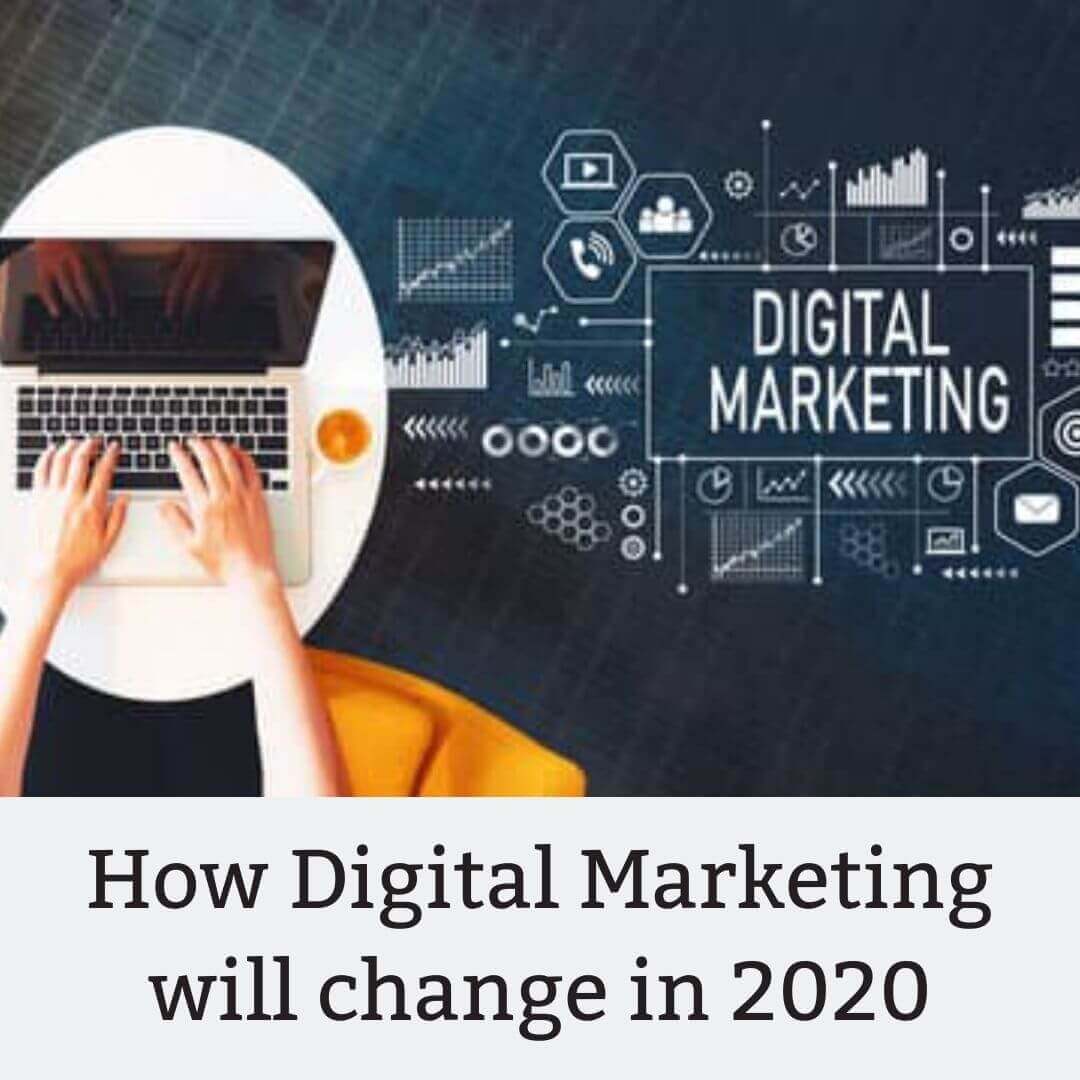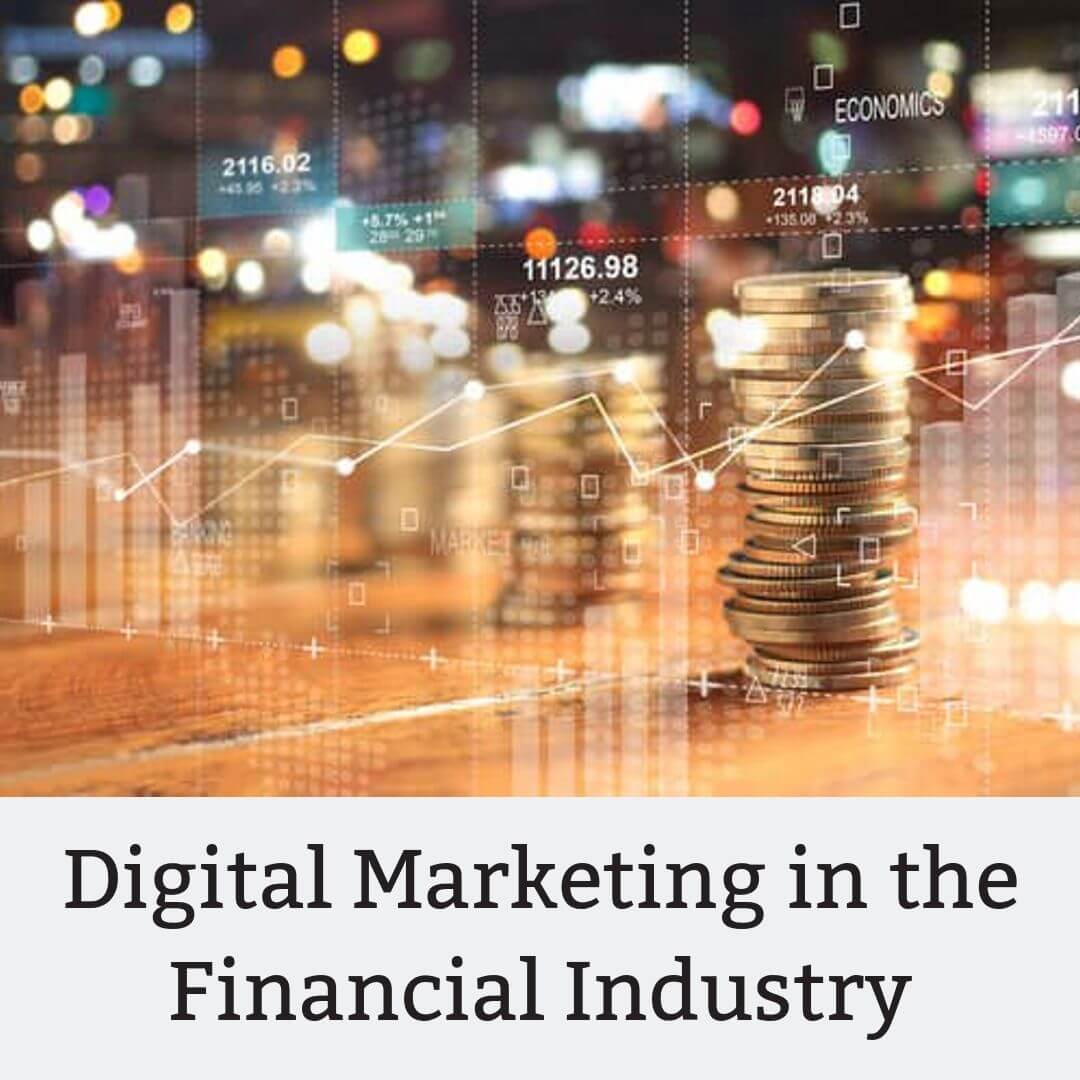How Digital Marketing will change in 2020
Before we get into what’s about to change in Digital Marketing in 2020, it’s important to assert that the most important things do not change. Good copywriting will always be central to good digital marketing. Understanding your customer deeply is the first step for any effective campaign. Improving key metrics’ like co
Digital Marketing in the Financial Industry
Financial industry’s products and services are just like any other product or service. They need to be marketed. The services provided by banks, insurance companies, mutual funds, financial institutions etc. have their customers just like in any other industry. These companies require customers to purchase their securities. Th



